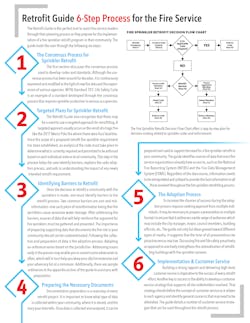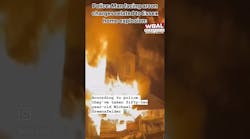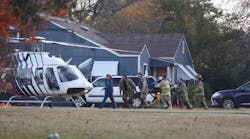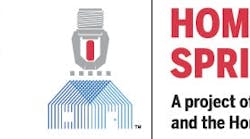Over the years, there have been many fire service “mantras” that have helped firefighters stay focused and master their task: “Ladder every level,” “Big fire, big water,” “Try before you pry,” “Put the wet stuff on the red stuff,” “Work smarter, not harder,” “You go, we go” and my favorite, “If you fail to plan, you plan to fail.”
As I recall my days in the fire service, planning was one of the keys to having a successful career. Three types of plans I commonly used within the fire service were pre-incident plans, emergency action plans and incident action plans (IAPs). All three fall under the umbrella of preplans.
Pre-incident plans allow people to gather general information to determine what resources may be needed and what actions may be necessary to mitigate an anticipated emergency at a specific building or facility. As one envisions an incident or emergency, one can picture in their mind what actions they may have to take to ensure a positive outcome should an incident occur.
Emergency action plans provide specific action that employers, employees and other building occupants should take to ensure their safety from fire and other emergencies. Practicing emergency action plans until they become second nature is like having the answers to an exam in the event an emergency takes place.
IAPs are the equivalent of a coach’s game plan. A coach prepares a game plan so that the team is prepared for any scenario that may occur. The IAP is the firefighter’s game plan. A well written IAP is the game plan for what actions to take if an incident should occur during a major event, such as a parade or a major sporting event.
High-Rise Retrofit Work Plan
Unbeknownst to some in the fire service, the National Fire Sprinkler Association (NFSA) also has a plan it believes will help the fire service reduce the risks of firefighters and those in their community from dying in a fire. The High-Rise Retrofit Work Plan identifies stakeholders that are essential to the NFSA accomplishing its mission, which is to protect lives and property through the widespread acceptance of the fire sprinkler concept. In addition to the fire service, stakeholders that are crucial to successfully helping reduce the risk caused by fire includes organizations, such as the International Association of Fire Chiefs (IAFC), the National Fire Protection Association (NFPA), the Building Owners and Managers Association (BOMA), Home Owners Associations, the Society of Fire Protection Engineers, and the National Association of Realtors, to name a few. The large number of stakeholders involved makes the planning process even more important.
The initial focus of the High-Rise Retrofit Work Plan is to retrofit high-rise occupancies, which pose one of the greatest risk to the fire service. High-rise fires such as the MGM Grand Hotel Fire in Las Vegas; the One Meridian Plaza fire in Philadelphia; the Wedgwood Apartments fire in Castle Hills, TX; and the Marco Polo Apartments fire in Honolulu should serve as a constant reminder of the tragic losses we suffered to both civilians and firefighters, which brings to mind another mantra that is constantly repeated after every line-of-duty death: “We Will Never Forget.” If we believe this to be true and we vow not to forget, then we must plan.
Another component of the High-Rise Retrofit Work Plan addresses occupancies such as nightclubs, assembly halls and college housing, which pose a risk due to the large number of occupants that may inhabit these buildings at any given time. Again, there are many examples of tragic incidents with multiple fatalities in these occupancies, with the Station Nightclub fire being the one that I will always remember.
An essential component of the plan entails partnering with the fire service to obtain data to identify the number of high-rises requiring retrofit and which cities are ready to address the retrofit needs in their community. The plan also includes the revision of the Retrofit Guide that was released at last year’s Retrofit Summit, hosted by Firehouse Magazine. Titled “Making Your Community Fire Safe: A Reasonable Approach to Improving Fire & Life Safety in Your Community,” the guide presents a step-by-step approach to assist those who are interested in making their community safer via fire sprinkler retrofit. A copy of the guide can be downloaded at http://nfsa.tv/retrofit/Retrofit_Guide_2017.
A year of planning
Planning has always been important for firefighter safety and survival during incidents and emergencies. I challenge you to make this year the year of planning, and we at the NFSA are ready and willing to partner with you to develop the plan to help keep your communities safe. As stated, the supplement theme is “Partners in Progress”; I would like to suggest we add to this a new mantra “Partners in Planning.”








